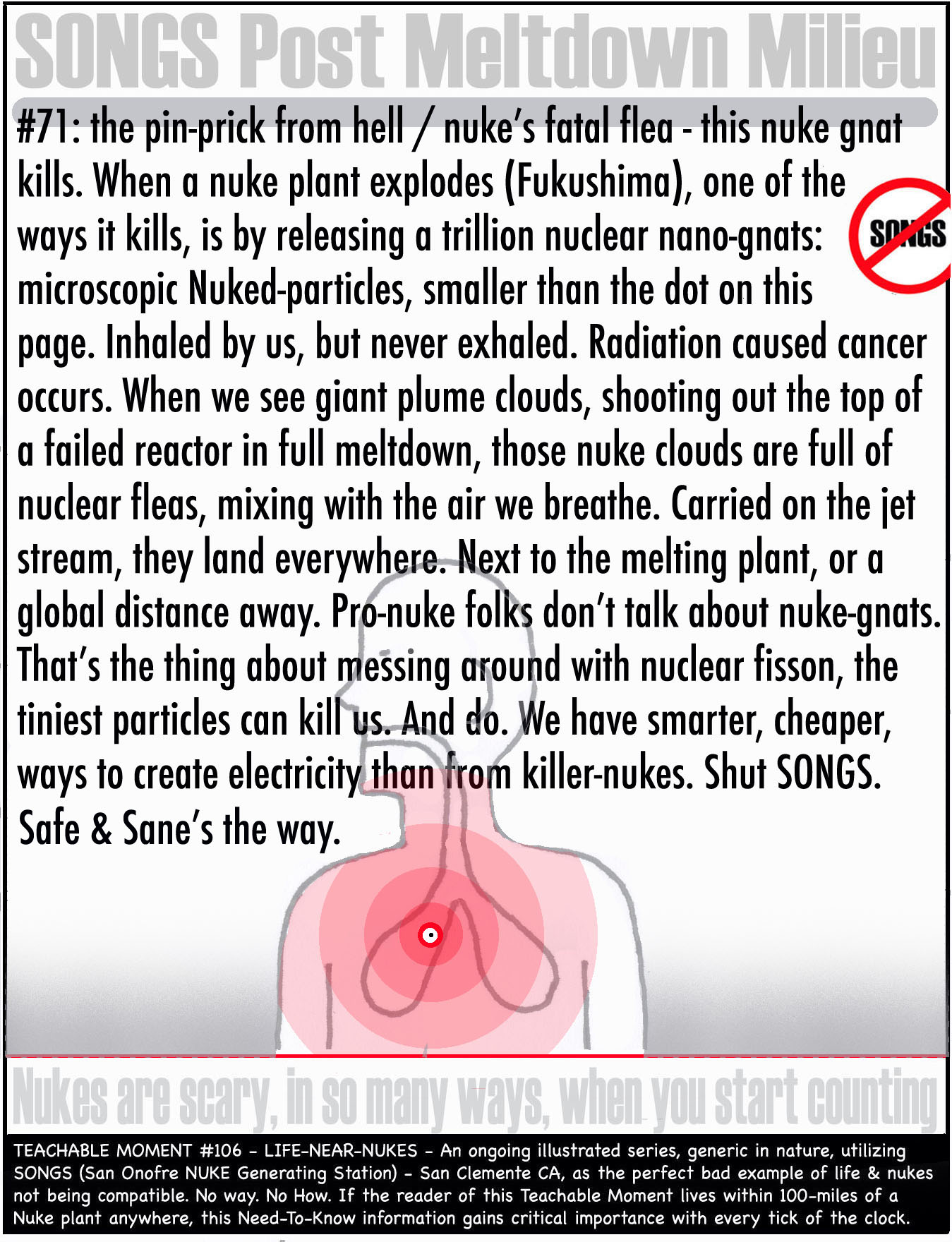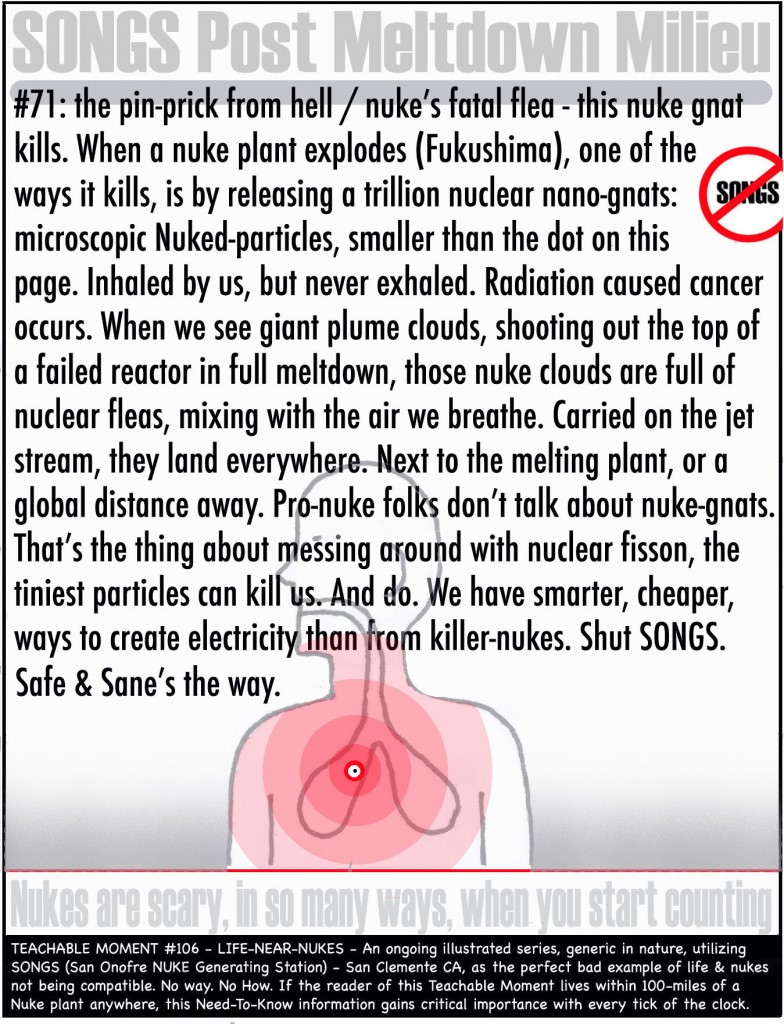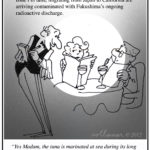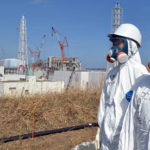When we see a giant plume, shooting out the top of a failed nuclear reactor in full meltdown, those clouds are full of nuclear fleas, mixing with the air we breathe.
Nuclear Meltdown Fleas
When a nuke plant explodes (Fukushima), one of the ways it kills is by releasing a trillion nuclear nano-gnats: microscopic nuked particles, smaller than the dot on this page. Inhaled by us, but never exhaled. Radiation caused cancer occurs.
Microscopic particles emitted during the Fukushima nuclear disaster contained plutonium, according to a study released in 2020. The microscopic radioactive particles formed inside the Fukushima reactors when the melting nuclear fuel interacted with the reactor’s structural concrete.
Studies have shown that the cesium-rich microparticles, or CsMPs, are highly radioactive and primarily composed of glass (with silica from concrete) and radio-cesium (a volatile fission product formed in the reactors). But the environmental impact and their distribution is still an active subject of research and debate. The new work offers a much-needed insight into the Fukushima Daiichi Nuclear Power Plant (FDNPP) meltdowns.
When we see giant plume clouds, shooting out of the top of a failed reactor in full nuclear meltdown, those clouds are full of nuke fleas, mixing with the air we breathe. Carried on the jet stream, they land everywhere. Next to the melting plant, or a global distance away. Pro-nuke folks don’t talk about nuke-gnats. That’s the thing about messing around with nuclear fission: the tiniest particles can kill us. And do.
We have smarter, cheaper ways to create electricity than from killer nukes.
Updated 22 January 2021














